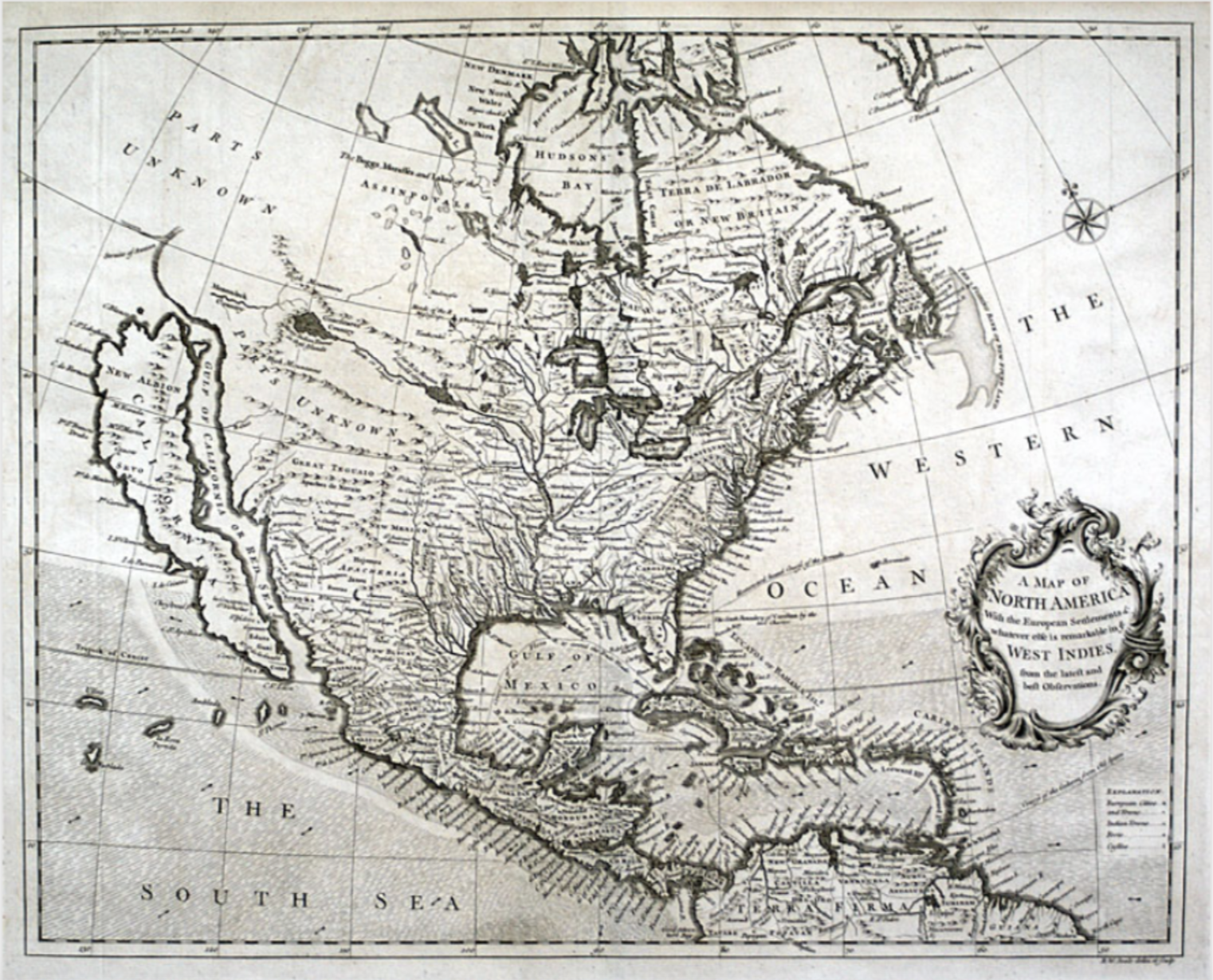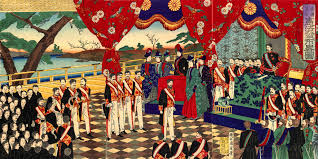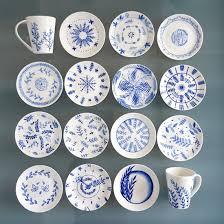An Indigenous Peoples’ History Of The United States
In this lesson plan, we are going to look at the Indigenous Peoples’ History prior to the arrival of the European colonizers.

Image: “A MAP OF NORTH AMERICA ...”London: R.W. Seale, c. 1745issued inTindal’s Continuation of Rapin’s History of England.
“An Indigenous People’s History of The United States”
Roxanne Dunbar-Ortiz
Humanoids existed on Earth for around four million years as hunters and gatherers living in small communal groups that through their movements found and populated every continent. Some two hundred thousand years ago, human societies, having originated in Sub-Saharan Africa, began migrating in all directions, and their descendants. eventually populated the globe. Around twelve thousand years ago, some of these people began staying put and developed agriculture-mainly women who domesticated wild plants and began cultivating others. As a birthplace of agriculture and the towns and cities that followed, America is ancient, not a "new world." Domestication of plants took place around the globe in seven locales during approximately the same period, around 8500 BC. Three of the seven were in the Americas, all based on corn: the Valley of Mexico and Central America (Mesoamerica); the South-Central Andes in South America; and eastern North America. The other early agricultural centers were the Tigris-Euphrates and Nile River systems, Sub-Saharan Africa, the Yellow River of northern China, and the Yangtze River of southern China. During this time, many of the same human societies began domesticating animals. Only in the American continents was the parallel domestication of animals eschewed in favor of game management, a kind of animal husbandry different from that developed in Africa and Asia. In these seven areas, agriculture based “civilized” societies developed in symbiosis with hunting, fishing, and gathering peoples on their peripheries, gradually enveloping many of the latter into the realms of their civilizations, except for those in regions inhospitable to agriculture.
Stewards of The Land
By the time of European invasions, Indigenous peoples had occupied and shaped every part of the Americas, established extensive trade networks and roads, and were sustaining their populations by adapting to specific natural environments, but they also adapted nature to suit human ends. Mann relates how Indigenous peoples used first to shape and tame the precolonial North American landscape. In the Northeast, Indigenous farmers always carried flints. One English observer in 1637 noted that they used the flints “to set fire of the country in all places where they come.” They also used torches for night hunting and rings of flame to encircle animals to kill. Rather than domesticating animals for hides and meat, Indigenous communities created havens to attract elk, deer, bear, and other game. They burned the undergrowth in forests so that the young grasses and other ground cover that sprouted the following spring would entice greater numbers of herbivores and the predators that fed on them, which would sustain the people who ate them both.
North America in 1492 was not a virgin wilderness but a network of Indigenous nations, peoples of the corn. The link between peoples of the North and the South can be seen in the diffusion of corn from Mesoamerica. Both Muskogees and Cherokees, whose original homelands in North America are located in the Southeast, trace their lineage to migration from or through Mexico.
This brief overview of precolonial North America suggests the magnitude of what was lost to all humanity and counteracts the settler-colonial myth of the wandering Neolithic hunter. These were civilizations based on advanced agriculture and featuring polities. It is essential to understand the migrations and Indigenous peoples’ relationships prior to invasion, North and South, and how colonialism cut them off.
Guiding Questions
- What is true about the First Peoples of North America and what can you surmise is common myth amongst the general American public?
- What other ideas, themes, or patterns stand out to you from the reading?
Excerpt: Primary Source
John Winthrop “A Model of Christian Charity”
Context
John Winthrop is the first governor of the Massachusetts Bay Colony, and a chief figure among the Puritan founders of New England. “A model of Christian Charity is his most famous thesis, written on board the Arbella, 1630. In an age not long past, when the Puritan founders were still respected by the educational establishment, this was required reading in many courses of American history and literature. However, it was often abridged to just the first and last few paragraphs, the excerpt below shows the first few paragraphs of his three main reasoning. (It’s important think critically about Winthrop’s intent- prepare the people for planting a new society in a perilous environment)
Excerpts
GOD ALMIGHTY in his most holy and wise providence, hath soe disposed of the condition of mankind, as in all times some must be rich, some poore, some high and eminent in power and dignitie; others mean and in submission.
The Reason hereof.
1 Reason. First to hold conformity with the rest of his world, being delighted to show forth the glory of his wisdom in the variety and difference of the creatures, and the glory of his power in ordering all these differences for the preservation and good of the whole; and the glory of his greatness, that as it is the glory of princes to have many officers, soe this great king will haue many stewards, Counting himself more honoured in dispensing his gifts to man by man, than if he did it by his owne immediate hands.
2 Reason. Secondly that he might haue the more occasion to manifest the work of his Spirit: first upon the wicked in [Page 34] moderating and restraining them: soe that the riche and mighty should not eate upp the poore nor the poore and dispised rise upp against and shake off theire yoake. 2ly In the regenerate, in exerciseing his graces in them, as in the grate ones, theire love, mercy, gentleness, temperance &c., in the poore and inferior sorte, theire faithe, patience, obedience &c.
3 Reason. Thirdly, that every man might have need of others, and from hence they might be all knitt more nearly together in the Bonds of brotherly affection. From hence it appears plainly that noe man is made more honourable than another or more wealthy &c., out of any particular and singular respect to himselfe, but for the glory of his creator and the common good of the creature
Guiding Question
- What are Winthrop's main points and reasonings?
- How do you think Winthrop's views will influence their society and interactions with American land and indigenous peoples?





Post a comment Cancel reply